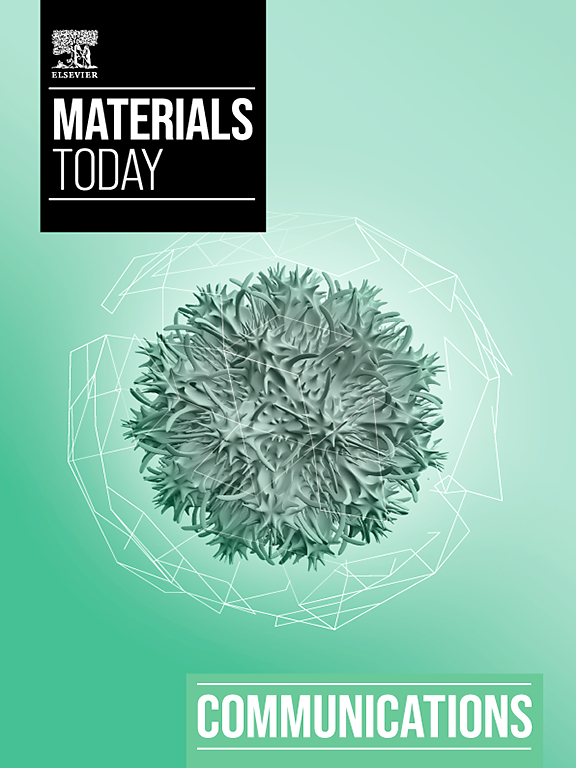利用 I-优化实验设计预测热压法生产的聚合物涂层纸板的结构
IF 4.5
3区 材料科学
Q2 MATERIALS SCIENCE, MULTIDISCIPLINARY
引用次数: 0
摘要
生产对比聚合物涂层纸板是建立结构/性能关系和生产 "刚需 "包装材料的必要条件。为此,我们采用统计实验设计(DOE)方法模拟了加工参数对聚合物涂层纸板最终结构的影响。实验中考虑了五个独立因素:三个连续数值因素,即压力、温度和热压持续时间;一个离散数值因素,即初始聚合物膜厚度;以及一个分类因素,即纸板类型。考虑了四个响应:构成聚合物涂层纸板(即游离聚合物、浸渍纸板和游离纸板)的三层中每一层的厚度以及材料的曲率。首先使用范围设计评估了适当 DOE 的选择,并结合了所用聚合物(即聚 3-羟基丁酸-3-羟基戊酸(PHBV))的特性。I-optimal DOE 被认为是最合适的,因此得以实施。为了验证该模型,我们使用 DOE 制作了两种目标结构,一种是未浸渍聚合物的结构,另一种是完全浸渍纸板的结构。厚度和曲率值与模型预测值相差不大,因此验证了模型。本文章由计算机程序翻译,如有差异,请以英文原文为准。
Prediction of the structure of polymer-coated cardboards produced by thermocompression using I-optimal design of experiment
The production of contrasted polymer-coated cardboards is necessary to establish the structure/properties relationships and produce the « just necessary » packaging materials. For that purpose, the impact of the processing parameters on the resulting structure of polymer-coated cardboards was modeled using a statistical Design of Experiment (DOE) approach. Five independent factors were considered: three numeric continuous factors, the pressure, the temperature, and the duration of thermocompression, one numeric discrete factor, the initial polymer film thickness, and one categorical factor, the cardboard type. Four responses were considered: the thicknesses of each of the three layers constituting polymer-coated cardboards (i.e., the free polymer, the impregnated, and the free cardboard) and the material’s curvature. The choice of the adequate DOE was first assessed using a Scoping Design and coupled with the characterization of the used polymer, i.e., poly(3-hydroxybutyrate-co-3-hydroxyvalerate (PHBV). The I-optimal DOE was found to be the most suitable and was therefore implemented. To validate the model, the DOE was then used to produce two targeted structures, one with no impregnation of the polymer and another one with a complete impregnation of the cardboard. The values of thicknesses and curvature were not significantly different from the model predictions, therefore verifying the model.
求助全文
通过发布文献求助,成功后即可免费获取论文全文。
去求助
来源期刊

Materials Today Communications
Materials Science-General Materials Science
CiteScore
5.20
自引率
5.30%
发文量
1783
审稿时长
51 days
期刊介绍:
Materials Today Communications is a primary research journal covering all areas of materials science. The journal offers the materials community an innovative, efficient and flexible route for the publication of original research which has not found the right home on first submission.
 求助内容:
求助内容: 应助结果提醒方式:
应助结果提醒方式:


